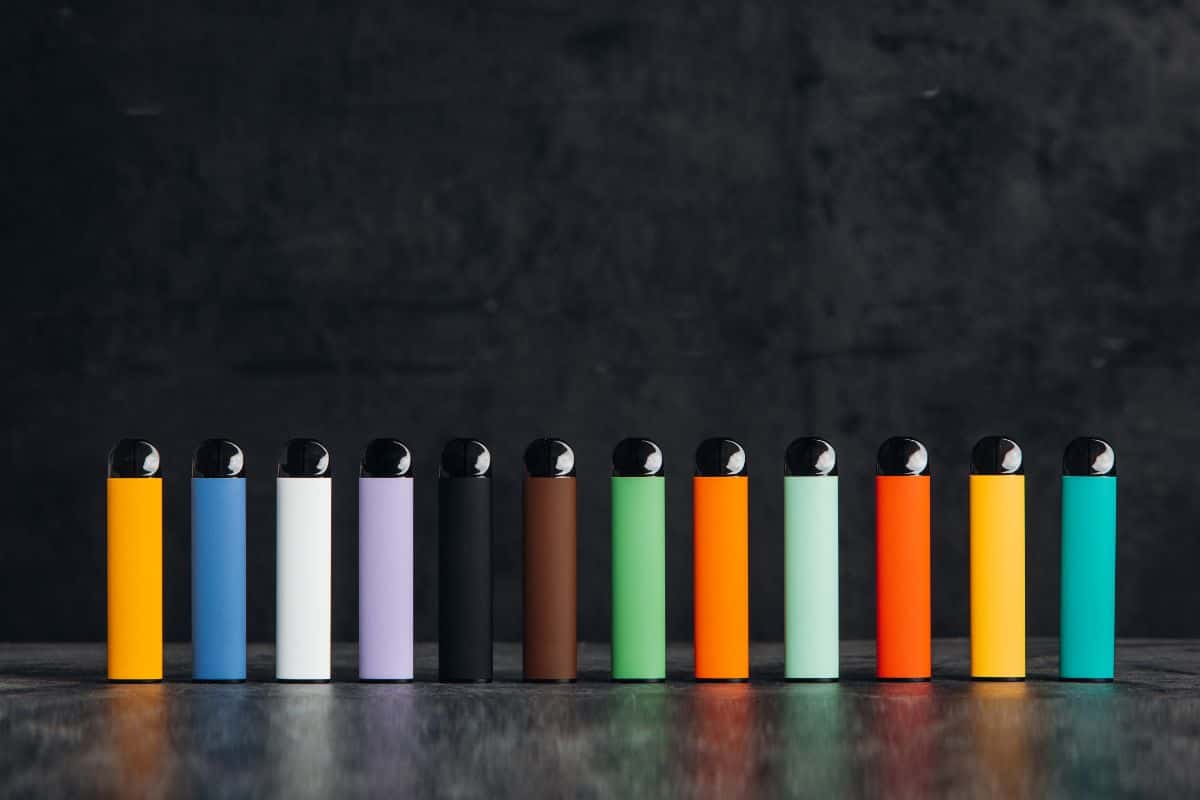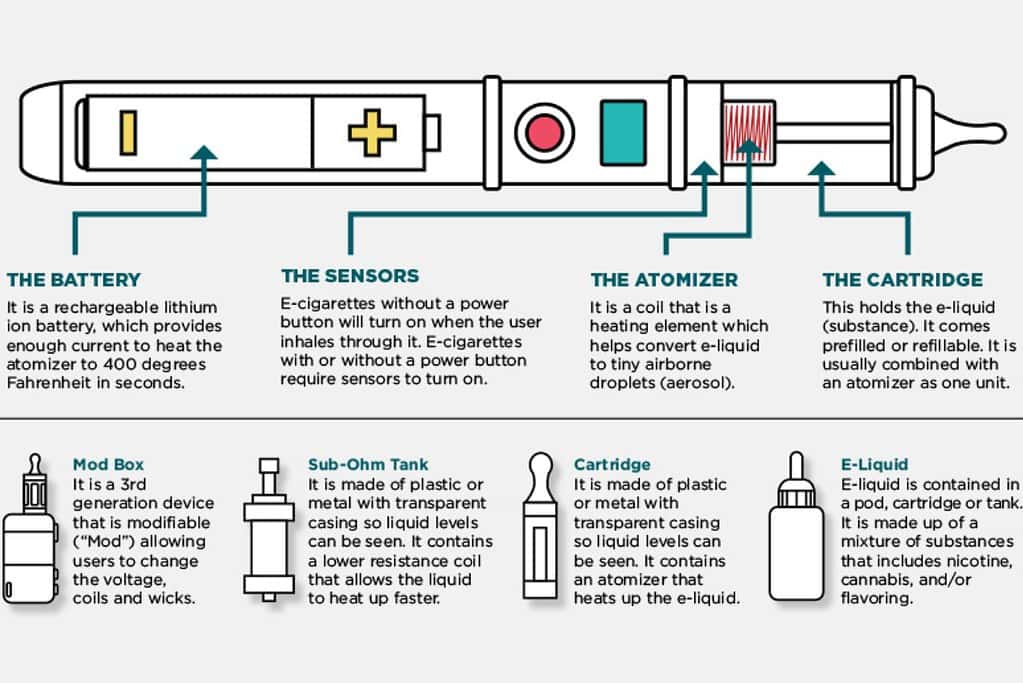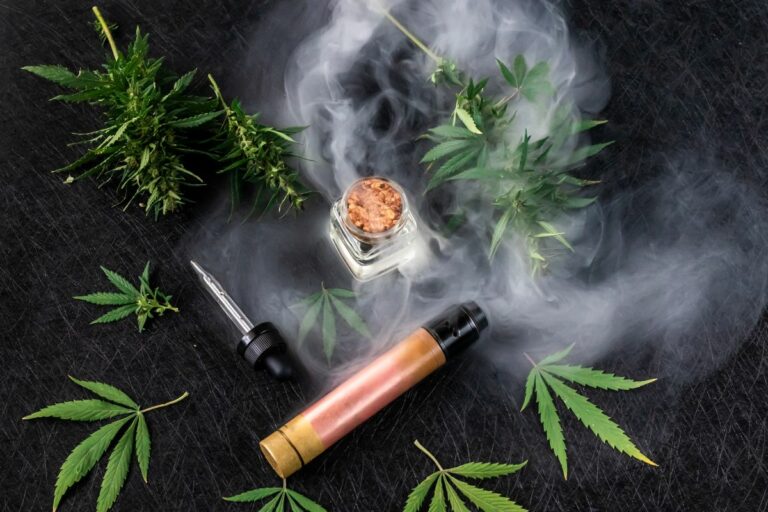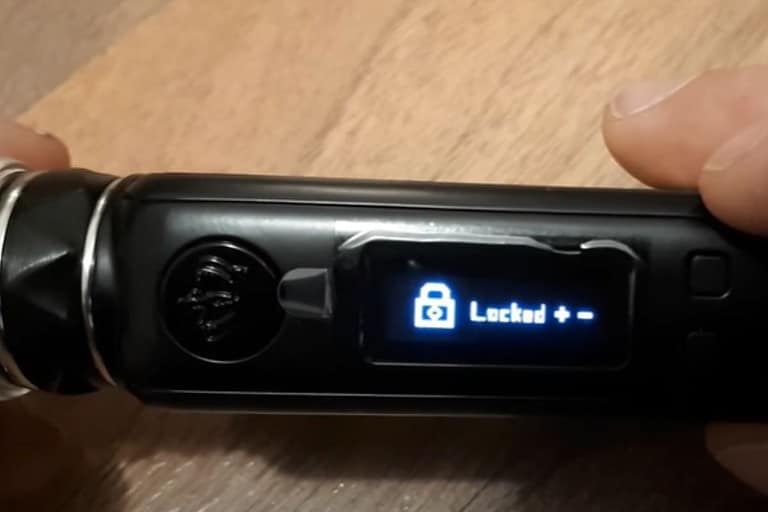Ohms Too High: Understanding Resistance Issues in Electronic Circuits
When measuring electrical resistance, encountering values that are higher than expected can be a signal of an underlying issue. Ohms, the unit of electrical resistance, quantify how much a material opposes the flow of electric current. If you find the ohms too high in your electrical circuit or device, it might indicate that there’s an interruption or degradation in conductive pathways. This can stem from several factors, including poor contact connections, corrosion, or material defects.
Understanding the implications of high resistance is crucial in both designing and troubleshooting electronic systems. For instance, in sensitive electronic equipment like protective relays, optimal settings are essential to ensure system safety and functionality. When resistance readings are too high, it could compromise the accuracy of protective relay functions and lead to potential hazards. Similarly, in biochemical applications such as tethered bilayer lipid membranes, exceptionally high resistance may affect the precision of membrane functionality studies.
In electronics, precision is paramount, and measuring resistance accurately ensures that devices operate within their intended parameters. As you examine circuits where the resistance is higher than anticipated, consider the integrity of each component and connection. It may require an iterative process of testing and observation to identify and correct the elements responsible for the excessive resistance.
NEW CUSTOMER DISCOUNT
Save 15%
15% OFF YOUR ENTIRE ORDER FOR NEW CUSTOMERS USE CODE WELCOME15!

Table of Contents
Understanding Ohms and Resistance
Resistance is fundamental to understanding how electronic devices work, including vaping devices. It directly influences the heat generated by the coil and the overall vaping experience.
| Ohm Level | Resistance Range | Characteristics |
|---|---|---|
| Low Ohms (Sub-Ohm) | Below 1.0 ohm | – High wattage vaping |
| – Intense vapor production | ||
| – Warm to hot vapor | ||
| – Typically used with Direct-to-Lung (DTL) inhales | ||
| Mid-Range Ohms | 1.0 ohm to 1.5 ohms | – Balanced performance |
| – Suitable for a range of wattages | ||
| – Can be used for both Mouth-to-Lung (MTL) and DTL inhales | ||
| High Ohms | Above 1.5 ohms | – Lower wattage vaping |
| – Cooler vapor | ||
| – Commonly used for MTL inhales | ||
| Variable Ohms | Adjustable Resistance | – Customizable experience |
| – Allows users to fine-tune their vaping preferences |
Ohms as a Unit of Measurement
Ohms (Ω) are the unit of measurement for electrical resistance. The resistance of a coil in a vaping device is crucial—it dictates how much current flows through the coil. If the ohms are too high, electrical flow is greatly reduced, which can lead to decreased vapor production and possibly a less satisfying experience.
Factors Affecting Coil Resistance
The resistance of a coil is determined by the wire gauge, number of wraps of the coil, and the type of material used. A thicker wire (lower gauge) generally has lower resistance, while a thinner wire (higher gauge) has higher resistance. More wraps also increase resistance, impacting the flavor and vapor production. Adjusting these factors can fine-tune your vaping experience for either more flavor or more significant throat hit.
The Impact of Resistance on Vaping Experience
Coil resistance affects the heat produced by the coil, influencing the vapor production and flavor. High resistance coils typically produce a cooler vapor and a smoother throat hit, ideal for mouth-to-lung vaping. In contrast, low resistance coils, often used in sub-ohm vaping, produce warmer vapor and more intense flavors but can consume more power and e-liquid. Your preference for flavor intensity or vapor quantity will dictate the ideal resistance for your vaping needs.

Common Vaping Devices and Components
In the world of vaping, understanding your device’s components and how they function is crucial. From coils to mods, each part plays a vital role in your vaping experience, especially when considering ohms and their impact on performance and battery life.
Anatomy of a Vape
Your vape is composed of a few key components: the tank, where the liquid is stored; the coil, which heats the liquid into vapor; the battery, which provides the power; and the fire button, which activates the heating element. Some vape models, like the Smok Mod series—including the popular Alien and Morph—emphasize advanced features and robust design.
Types of Coils and Their Resistances
Coils, the heart of the vaporization process, come in various resistances measured in ohms. High-ohm coils (>1 ohm) are suited for mouth-to-lung (MTL) vapers, while sub-ohm coils (<1 ohm) cater to those who prefer direct-lung (DL) vaping for denser clouds. RBA coils offer customization, allowing you to tailor the resistance to your preferences. Remember, using ohms too high relative to your mod’s capability can affect vapor production and flavor.
Mods and Their Functionality
Mods serve as the control center for your vape. They can significantly vary, from simple tube mods to sophisticated box mods. When looking at devices such as the Smok Mod, you’ll find that they often include safety features, variable power settings, and detailed displays. Mods with adjustable settings allow you to fine-tune the resistance (ohms), affecting battery life and vapor output. It’s important to match your mod’s specifications with the correct coil resistance; otherwise, you risk poor performance or potential device damage.
Troubleshooting High Ohm Readings
| Issue | Potential Solutions |
|---|---|
| 1. Loose or Poorly Connected Coil | – Ensure the coil is properly screwed into the device |
| – Check for any loose connections or faulty coil | |
| 2. Dirty or Faulty Contacts | – Clean the device contacts using isopropyl alcohol |
| – Inspect and replace any damaged or corroded contacts | |
| 3. Incorrect Coil Resistance | – Verify that the coil is the correct resistance for your device |
| – Some devices have specific resistance requirements | |
| 4. Device or Coil Compatibility | – Ensure the coil is compatible with your device |
| – Check if the device supports the resistance range of the coil | |
| 5. Faulty Coil or Atomizer | – Replace the coil with a new, properly functioning one |
| – If using a rebuildable atomizer, check for coil shorts or other issues | |
| 6. Battery Issues | – Check the battery charge level; low battery can lead to high ohm readings |
| – Replace the battery if it’s old or not holding a charge | |
| 7. Firmware or Software Issues | – Update the device firmware if applicable |
| – Reset the device to factory settings, then reconfigure |
When you encounter readings indicating ohms too high, it could signal a range of issues from loose connections to component failures. Systematic troubleshooting can help you pinpoint and resolve these issues effectively.
Identifying the Problem
To accurately identify the problem, use a multimeter to measure the resistance. If your reading is significantly higher than expected, confirm that you’ve selected the appropriate scale on your multimeter and that your test leads are properly connected. An atomizer often used in electronics, for instance, should show resistance within a specific range; deviations beyond that range necessitate further investigation.
Connectivity Issues
Inspect all connections carefully, including 510 connectors, for signs of wear, corrosion, or looseness which can cause unexpected resistance readings. Tighten any loose connections and clean corrosion with a suitable electronic contact cleaner. Ensure the resistance detection component is functioning correctly and providing accurate measurements.
- Checklist for Connectivity Issues:
- Tighten loose terminals or connectors.
- Clean dirty or corroded contacts.
- Verify proper insertion of component leads.
Component Failures
Component failures can result in high ohm readings. Check across each component in the circuit; a reading that’s too high can indicate a short-circuited part, which would require replacement. Remember to always remove power from the circuit before performing any tests to avoid further damage or injury.
- Table for Troubleshooting Component Failures:
| Symptom | Potential Cause | Solution |
| Ohms reading too high | Shorted Resistor/Component | Replace the component |
| Intermittent readings | Loose or dirty connection | Clean or re-secure |
| No change in readings | Faulty resistance detector | Calibrate or replace |
By carefully following these steps, you can diagnose and remedy high resistance readings in electronic circuits.
Maintenance and Prevention Tips
Maintaining optimal resistance levels within your electronic devices is crucial to their performance and longevity. Proper maintenance not only ensures that ohms remain at the desired level but also prevents scenarios where ohms are too high, potentially leading to device malfunction. Below are specific strategies to help you keep your devices in top condition.
Routine Device Cleaning and Care
Regularly clean your device with a cotton swab to remove dust and debris that could affect its performance. Pay close attention to the contacts and connectors. Accumulations can lead to an increase in resistance, manifesting as ohms too high. Use a dry cotton swab or a cloth slightly dampened with alcohol for effectual cleaning.
- Turn off and unplug the device before cleaning.
- Gently wipe the contact points.
- Allow the area to dry completely before turning the device back on.
Ensuring Correct Coil Installation
When installing a new coil, make certain that it is securely fastened and that there are no loose screws which can cause a fluctuation in resistance readings. Use the following checklist for correct coil installation:
- Check that the coil type matches your device’s specifications.
- Tighten connections, but avoid over-tightening which can damage the threads.
Regular Firmware and Component Updates
Keep your device’s firmware updated. This can enhance performance and sometimes correct the internal measurement of resistance. An upgrade in firmware may also bring more precise control mechanisms that better manage ohms, ensuring you don’t experience ohms too high.
- To update firmware:
- Connect your device to a computer.
- Follow the manufacturer’s instructions for installing any available updates.
By following these steps for routine cleaning, ensuring correct coil installation, and performing regular firmware updates, you can maintain your device effectively and prevent issues associated with high ohm readings.

Optimizing the Vaping Experience
To achieve an optimal vaping experience, you need to tweak your device settings, find the right e-juice, and understand how to manage battery power. These factors are crucial for enhancing flavor, preventing battery drain, and ensuring your device performs within an ideal ohm range.
Adjusting Device Settings
For an improved vaping session, adjust your device’s settings. Set your device to match the resistance, or ohms, of your atomizer. If the ohms are too high, reduce the wattage and voltage. Typically, a balance between 1.8 to 2.5 ohms alongside a wattage range around 10-60 watts is a good starting point for most e-cigarettes.
Perfecting Vape Juice Selection
Choice of e-liquid significantly affects your vaping experience. Opt for a flavor that appeals to you while also checking the PG/VG ratio to suit your vape style. Higher PG e-juices tend to deliver a stronger throat hit and clearer flavor, while higher VG e-liquids produce more vapor. Remember to select an e-liquid with an optimal nicotine level for your needs.
Battery and Power Management
Proper battery life management can greatly improve your vaping experience. Using a battery with the appropriate wattage range prevents excessive battery drain. Also, a higher ohm setting means less power is needed, which can extend the battery life of your device. Understand how your device’s power settings correlate with battery usage to streamline your vaping process.
By focusing on these aspects, you’re on your way to customizing a vaping session that’s both enjoyable and efficient.
Support and Resources
When you encounter an issue where the ohms reading is too high, it’s important to determine the cause accurately and seek the appropriate support. This section provides guidance on when to look for professional help, how to use online resources for troubleshooting, and the processes for engaging with manufacturer support for warranty claims.
When to Seek Professional Help
If you’ve attempted basic troubleshooting steps and the issue persists, or you are unable to identify the problem, seeking professional help is a prudent next step. Visit a reliable vape shop or contact customer support where experienced technicians can provide hands-on assistance. They can often perform a diagnostic and offer a solution on the spot.
Utilizing Online Troubleshooting Guides
Before reaching out for help, utilize online troubleshooting guides specific to your device. These guides offer step-by-step instructions that may include checking the device’s connections, ensuring that the components are clean, and conducting a factory reset. Remember to follow the troubleshooting steps carefully to avoid further issues:
- Reset: Sometimes, a simple reset can resolve an ohm disparity.
- Identify the problem: Use the guides to help pinpoint the issue.
Manufacturer Support and Warranty Claims
If your device is still not functioning as expected, check the warranty status. Manufacturer support teams can assist with warranty claims, and if necessary, guide you through a factory reset or replacement process. Keep your device’s proof of purchase and register your product, if you haven’t done so already, to expedite the support process.
- Contact Details: Find the support contact on the manufacturer’s website or your purchase documentation.
- Warranty Information: Keep your warranty period in mind when reaching out for support.
Browse popular vape collections:
- Nicotine Disposables
- 2000 Puff Nicotine Disposable Vapes
- 2500 Puff Nicotine Disposable Vapes
- 5000 Puff Nicotine Disposable Vapes
- 6000 Puff Disposable Nicotine Vapes
- 7000 Puff Nicotine Disposable Vapes
- Disposable Vape Deals
- Best Vape Brands
- 8000 Puff Nicotine Disposable Vapes
- 9000 Puff Nicotine Disposable Vapes
- 5% Nicotine Disposable Vapes
- Rechargeable Nicotine Disposable Vapes
- Vape Coils
- Dab Wax Pens
- Dab Wax Pen Battery
- Yocan Vapes
- Vape Cases
Frequently Asked Questions
When dealing with a ‘too high’ ohm reading on your vape, the right knowledge can help you quickly troubleshoot and resolve the issue. Here are some specific inquiries you may have and the actions you can take.
What steps can I take if my vape displays a ‘too high’ ohm reading?
First, ensure that your atomizer is properly connected. Clean the tank’s threading and the mod’s contact points with a q-tip or cloth to remove any dirt or debris. If the problem persists, inspect the coil for damage and replace it if necessary.
What could trigger an ‘ohms too high’ message on my vape device and how can I troubleshoot it?
Several factors such as a loose coil, a faulty atomizer head, or a poor connection can cause an ‘ohms too high’ alert. To troubleshoot, reseat or replace the coil, make sure the atomizer head is screwed in correctly, and check the device’s 510 connection for any obstructions or damages.
How do I properly adjust the resistance level on a Smok device?
To adjust the resistance on a Smok device, enter the settings mode by clicking the fire button three times. Then, select the ohm adjustment option and use the +/- buttons to set the desired level. Remember to lock in the resistance adjustment once it’s set.
Is there a way to reset a Smok vape when encountering resistance issues?
Yes, to reset your Smok vape, turn off the device and remove the batteries if possible. Press the fire button for a few seconds to discharge any remaining power. Reinstall the batteries and turn on the device; this can often reset the resistance reading.
Why is it important to maintain the correct ohm levels in vaping, and how does it affect performance?
Proper ohm levels are crucial for optimal vaping as they determine the heat generated by the coil, which affects the flavor and vapor production. Incorrect ohm readings can lead to a poor vaping experience, with potential issues like dry hits or burnt coils.
For devices like the Smok Novo 4 and Smok Nord 2, what are common solutions when dealing with high resistance errors?
For the Smok Novo 4 and Smok Nord 2, make sure the pod is securely connected and that the contacts are clean. Replace the coil or pod if you’ve been using it for an extended period, as old coils can also contribute to high resistance errors.







